Large-Scale Deportations
Following the election of Donald Trump as President, a fervent discussion about immigration policy and deportation methods has emerged, particularly fueled by Trump’s comments on social media. In the early hours after the election, Trump echoed sentiments from Tom Fitton, head of the conservative group Judicial Watch, regarding a national emergency declaration that would leverage military forces for deportations. Trump’s appointments, such as Kristi Noem as Secretary of Homeland Security and former ICE director Tom Homan as border czar, reinforce suspicions that his administration is serious about enforcing a stringent immigration policy. This intensifying rhetoric around mobilizing the National Guard reflects Trump’s consistent campaign promises, raising concerns regarding the scope and nature of his deportation strategies.
Contrary to this aggressive policy outlook, some proponents of immigration reform within right-wing circles have suggested alternative deportation methods that avoid overtly confrontational approaches like mass deportations. By focusing on cracking down on businesses employing undocumented immigrants, they argue that such measures would discourage illegal immigration without resorting to extreme interventions. However, while proponents may advocate for a more humane approach, they misinterpret the nature of Trump’s rhetoric, which has consistently called for a show of strength in combating illegal immigration. The discourse surrounding deportation methods indicates a clash between political optics versus the harsh realities of enforcement.
Mass deportations, as asserted by various analysts, promise to be an expensive and violent undertaking. Trump’s administration’s plans to strip citizenship documents from infants born to undocumented parents signify a drastic and contentious strategy to undermine birthright citizenship. According to the American Immigration Council, mass deportation would impose prohibitive costs, estimating up to $88 billion annually for operations aimed at deporting even a fraction of the undocumented population. This would require extensive new infrastructures, including an overabundance of detention centers and immigration courtrooms, suggesting unrealistic logistical challenges and substantial financial burdens on the state.
In response to Trump’s electoral win, the cryptocurrency market has reacted positively, with advocates expressing optimism for a pro-crypto agenda under his leadership. Key figures from the bitcoin community have noted a significant shift toward acceptance and integration of cryptocurrencies into American economic policy, with many stating that Trump’s administration could eliminate uncertainty around blockchain technologies. This projection aligns with sentiments that the U.S. could transition from a stance of prohibition to one of cultivation for the burgeoning crypto industry, potentially leading to significant advancements and growth in this sector.
Simultaneously, New York’s transit authority has approved a new congestion pricing scheme, adjusting tolls for vehicles entering Manhattan. While the fee has been lowered from an originally proposed amount, there are significant potential benefits tied to this scheme, such as improvements to the city’s aging transportation infrastructure. Revenue generated from congestion pricing aims to modernize subway systems and address environmental concerns by funding electric buses. However, the apparent inequities in fare structures raise questions about the effectiveness and fairness of the system, particularly in light of widespread fare evasion issues on public transport.
The surrounding political landscape remains complex and intertwined, as evidenced by escalating geopolitical tensions, particularly involving Ukraine and China. Measures like the use of U.S.-made missiles in conflict zones signify deepening involvements in international military dynamics. In tandem, the suppression of political dissent in Hong Kong emerges as another critical point of concern, reflecting drastic governmental measures against pro-democracy movements. Domestically, discussions continue to address societal issues, from the implications of low fertility rates on modernity to the challenges facing urban areas riddled with poverty and crime. These multifaceted issues illustrate a volatile environment marked by significant political shifts, societal struggles, and a tumultuous path forward for both national and international landscapes.
Share this content:
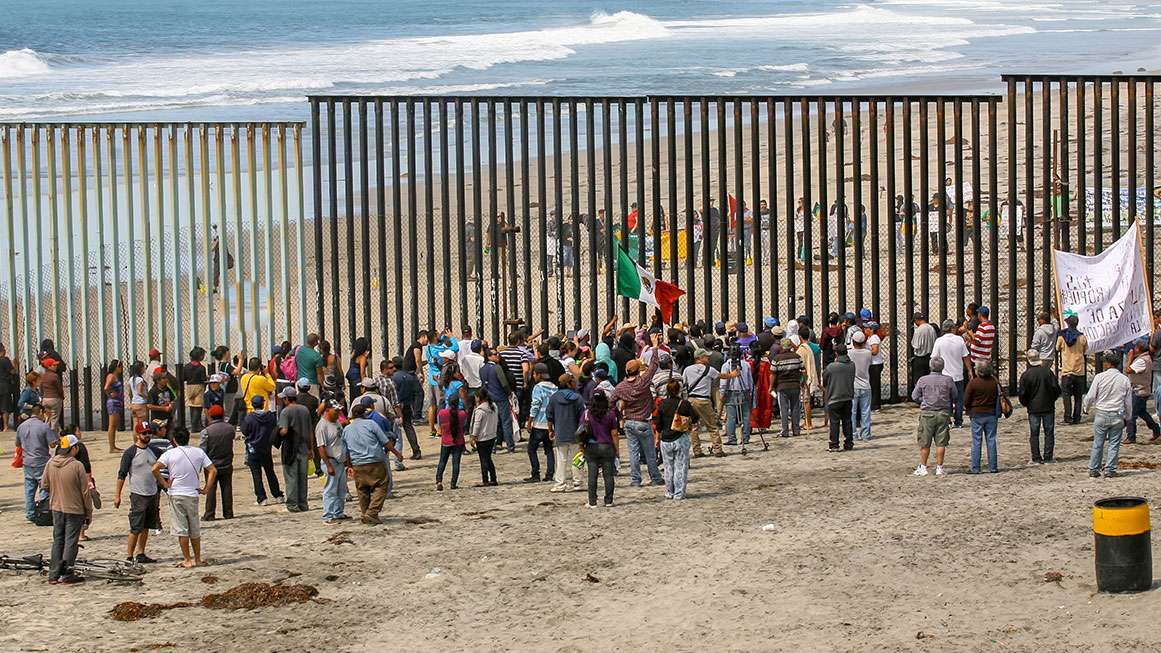
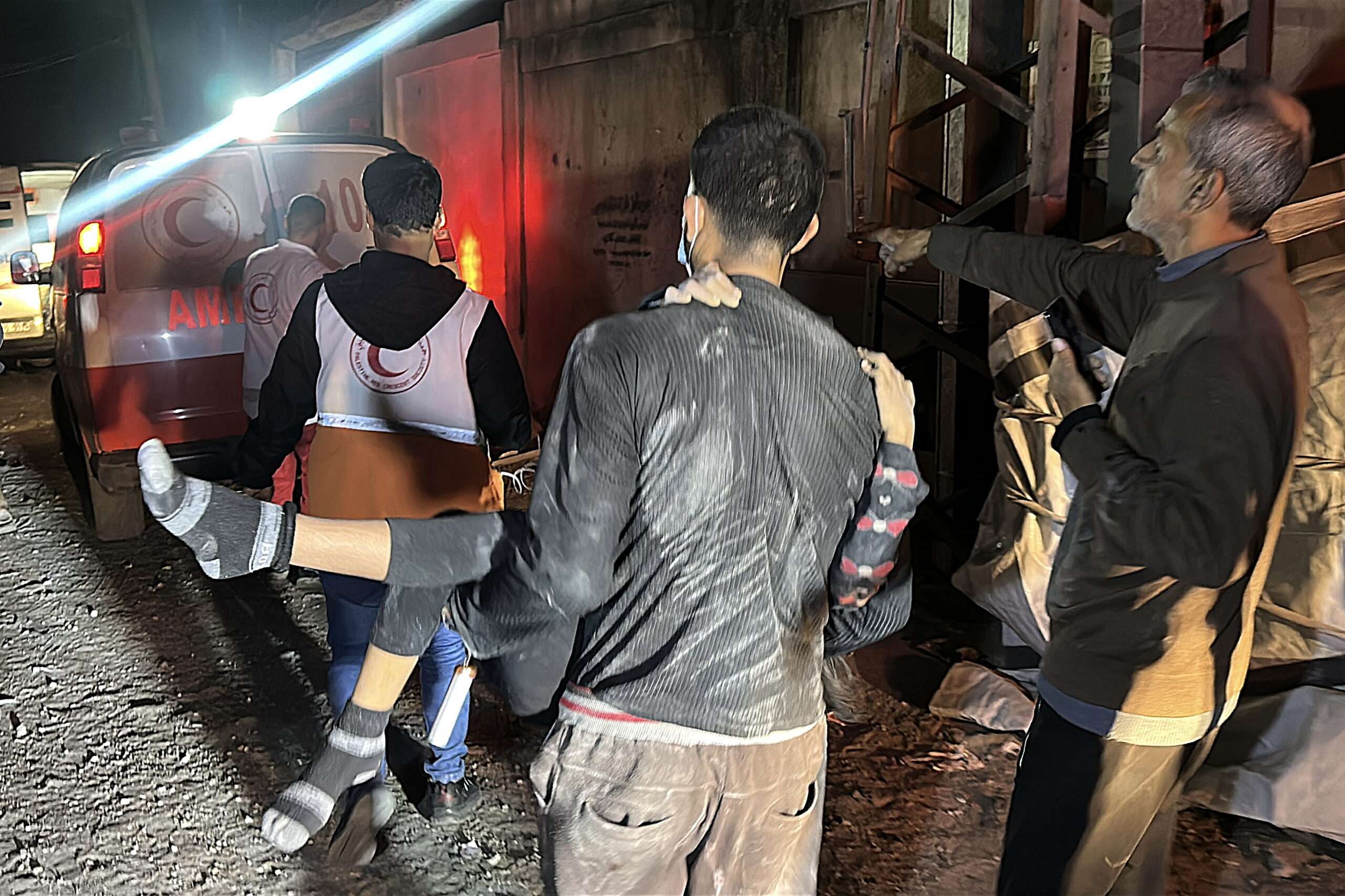

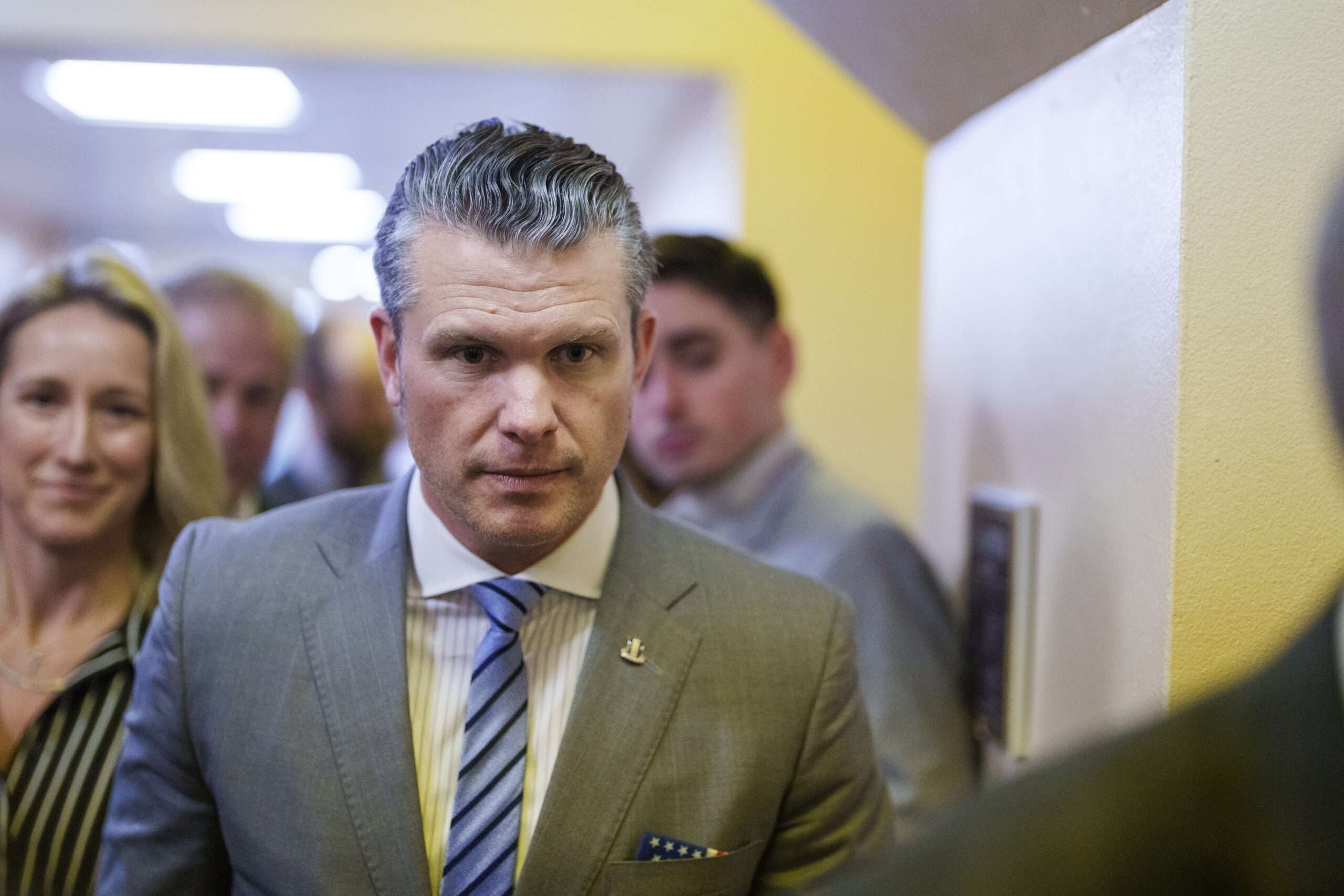



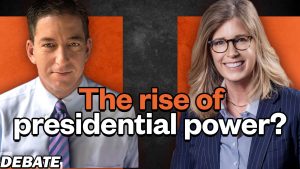

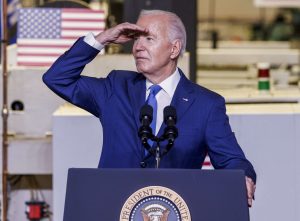
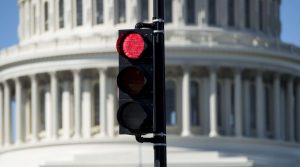
Post Comment